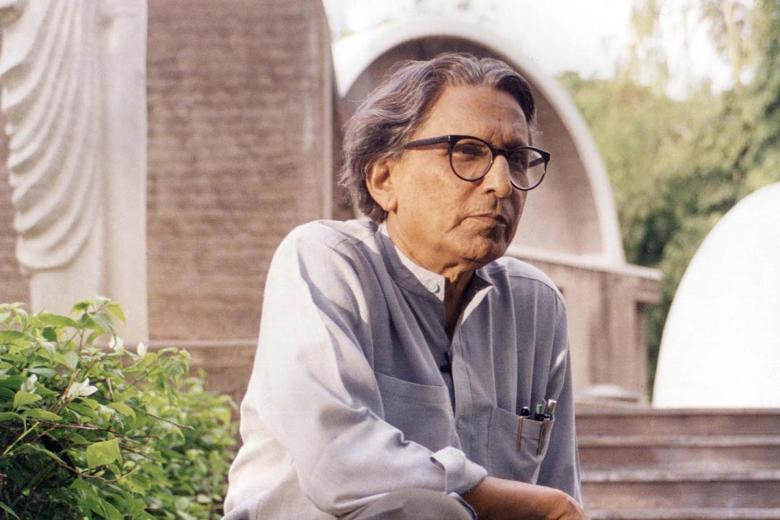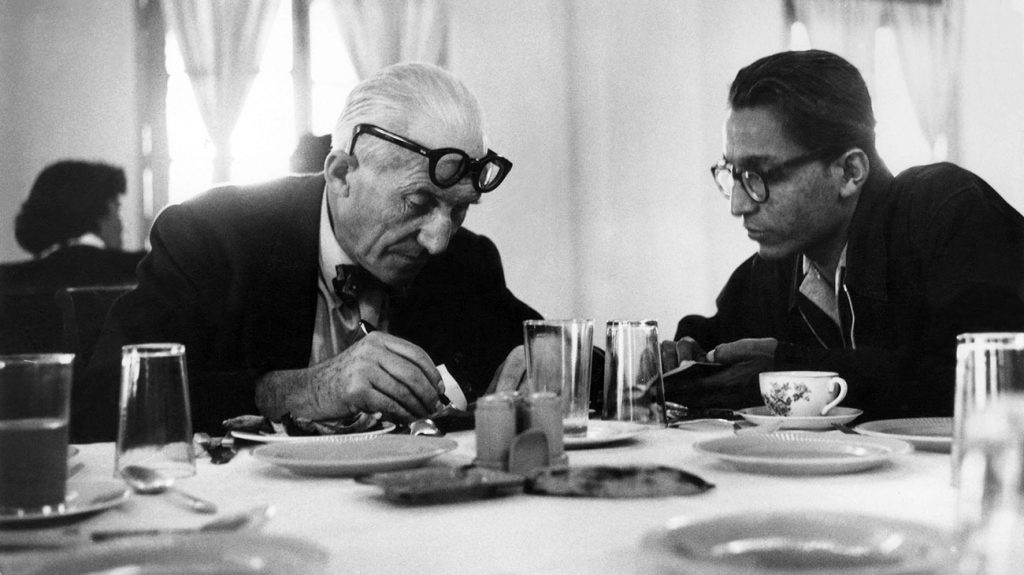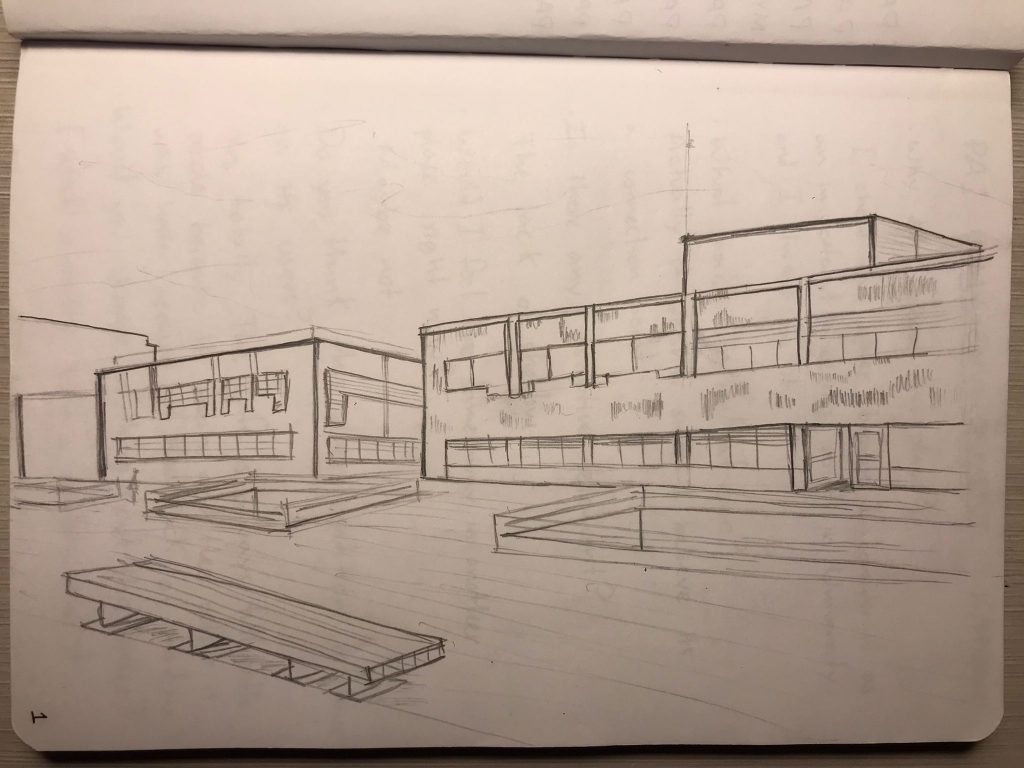The architects from their works.
Balkrishna Vithaldas Doshi
Indian Institute of Management, Bangalore.
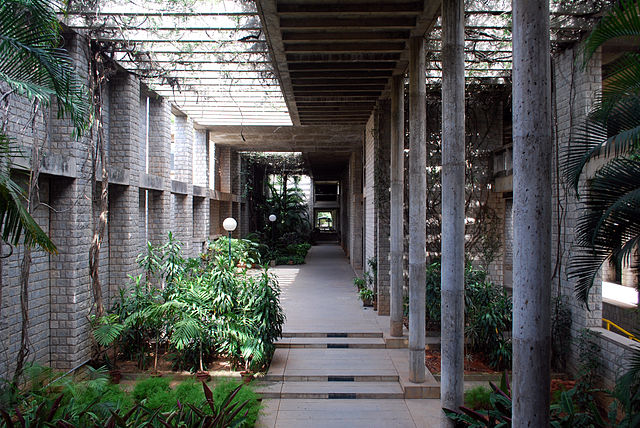
It was finished in 1983 by the Pritzker price winner B.V. Doshi. The campus occupies an area of over 100 acres, and is known for its unique all stone architecture, the landscape design and its lush woods.
Tagore Memorial Hall

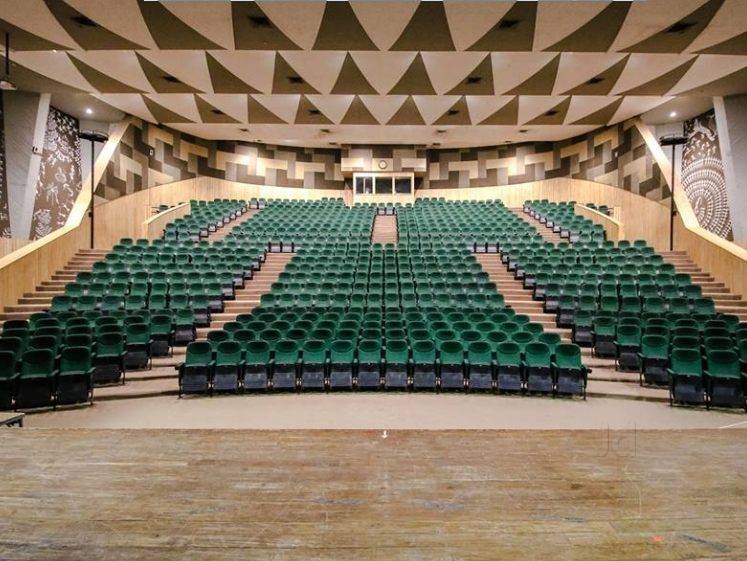
It is an example of brutalist indian architecture, an apparent box shaped building used for concerts that can accomodate up to 700 spectators, built in memory to one of the most important indian artists, Rabindranath Tagore. It was finished by the year 1971, just next to the Sanskar Kendra museum, designed by Doshi’s guru, Le Corbusier.
Sangath

Sangad. The word means «to go forward together through participation». Its considered by Dr. Doshi as a place created to explore of the artistic, social and human dimensions of technology.
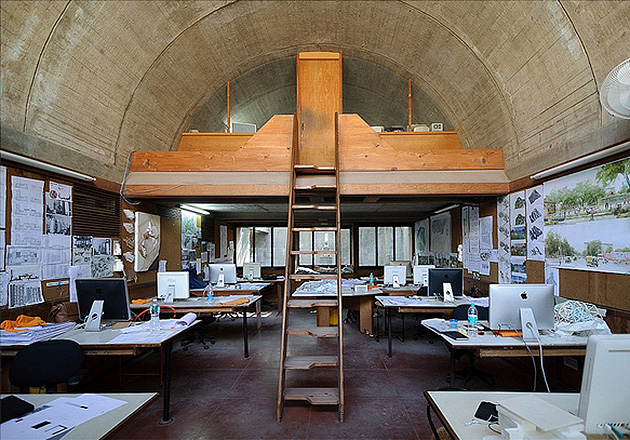
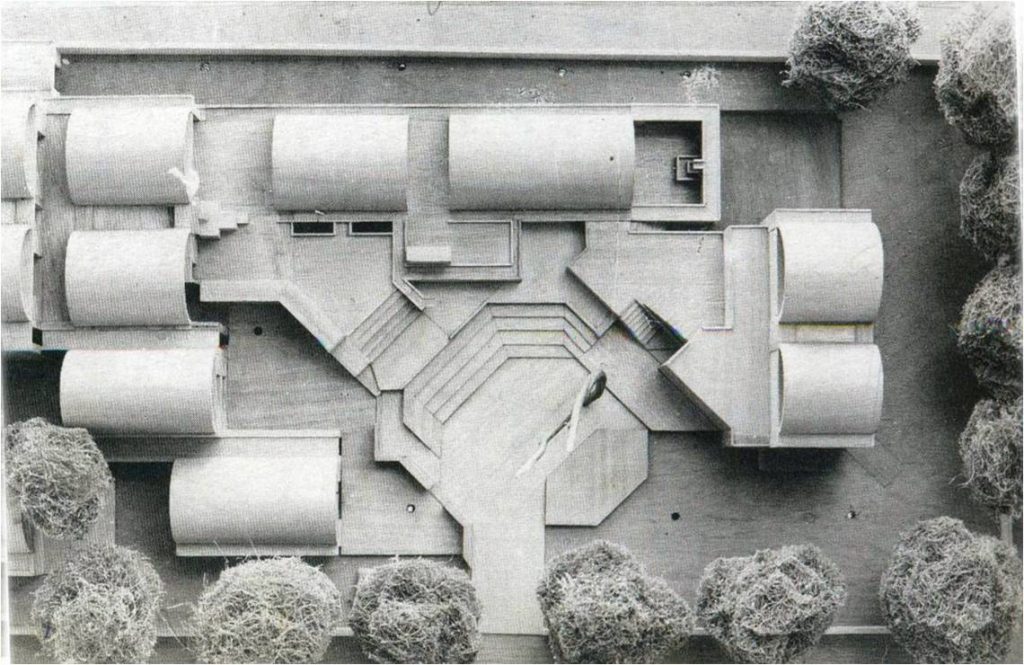
His own studio with a classrooms complex for teaching urbanism, design, and textile design, its located in Ahmedabad. Built in 1980, the arrangement of its spaces are issued from the traditional indian architecture are recreated in astonishingly modern medium.
Bibliography
Rethinking The Future. Tagore Memorial Auditorium by B.V Doshi Box of Miracles, by Varsha Arun. Online architecture platform created over 5 years ago, focused on the publishing, recognizing and acknowledging talent from around the glove, giving awards, creating an academic dialogue in the field of architecture and design.
https://www.re-thinkingthefuture.com/case-studies/a5515-tagore-memorial-auditorium-by-b-v-doshi-box-of-miracles/
Doshi, B.V., Tsuboi, Y. and Raj, M. (1967). Tagore hall. Arts Asiatiques, [online] 60.
https://architexturez.net/doc/az-cf-168251
